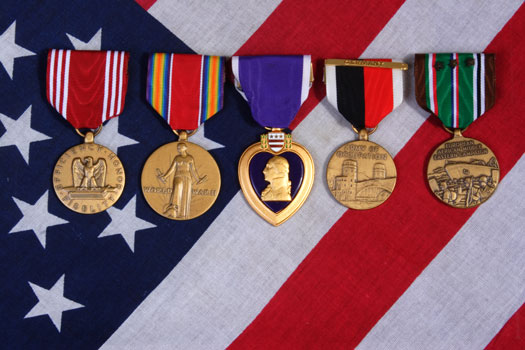
In every country around the world, honoring the courage, dedication, and sacrifice of military personnel is a tradition rooted in deep respect. One of the most distinguished ways of doing this is through the presentation of military medals and military service medals. These honors symbolize acts of bravery, long-standing service, and heroic efforts in times of war and peace. Whether displayed on uniforms, in framed collections, or passed down through generations, these medals carry stories of service that deserve to be remembered.
The History and Significance of Military Medals
Military awards or medals have a long and storied history, dating back to ancient civilizations where soldiers were awarded tokens of appreciation for battlefield achievements. Over time, this evolved into the more formal and symbolic decorations we recognize today.
In modern military traditions, medals are awarded not only for acts of exceptional valor in combat but also for long-term service, good conduct, achievements in specific campaigns, or humanitarian missions. Each medal comes with specific criteria and is often accompanied by a ribbon whose color and pattern signify the type of award and branch of service.
Types of Military Service Medals
- Valor and Gallantry Medals: These are among the most prestigious awards, given for extraordinary acts of bravery, often performed under life-threatening conditions. Examples include medals for saving fellow soldiers during combat or taking exceptional leadership under fire.
- Campaign and Service Medals: These medals recognize participation in specific military operations, wars, or peacekeeping missions. Soldiers who served in particular conflicts—such as World War II, Vietnam, or Afghanistan—often receive campaign medals that mark their involvement.
- Long Service and Good Conduct Medals: These are awarded to military personnel who have completed a certain number of years in active service with exemplary behavior. They celebrate dedication, loyalty, and the day-to-day contributions that might not make headlines but are vital to military operations.
- Foreign and Allied Medals: In certain cases, service members may be honored with medals from allied nations in recognition of joint operations or contributions to international efforts.
Preserving and Displaying Military Honors
Honoring military awards or medals is a way to preserve both family history and national heritage. Whether these medals belong to a grandparent who served in World War II or a parent in modern-day missions, how they are stored and displayed can ensure their legacy lives on.
Many families choose to mount medals in shadow boxes or display cases, often alongside photos, patches, or letters. These displays serve not only as home décor but as educational pieces and memorials. In some cases, families work with museums or historical societies to donate or temporarily exhibit their loved one’s medals for broader public recognition.

